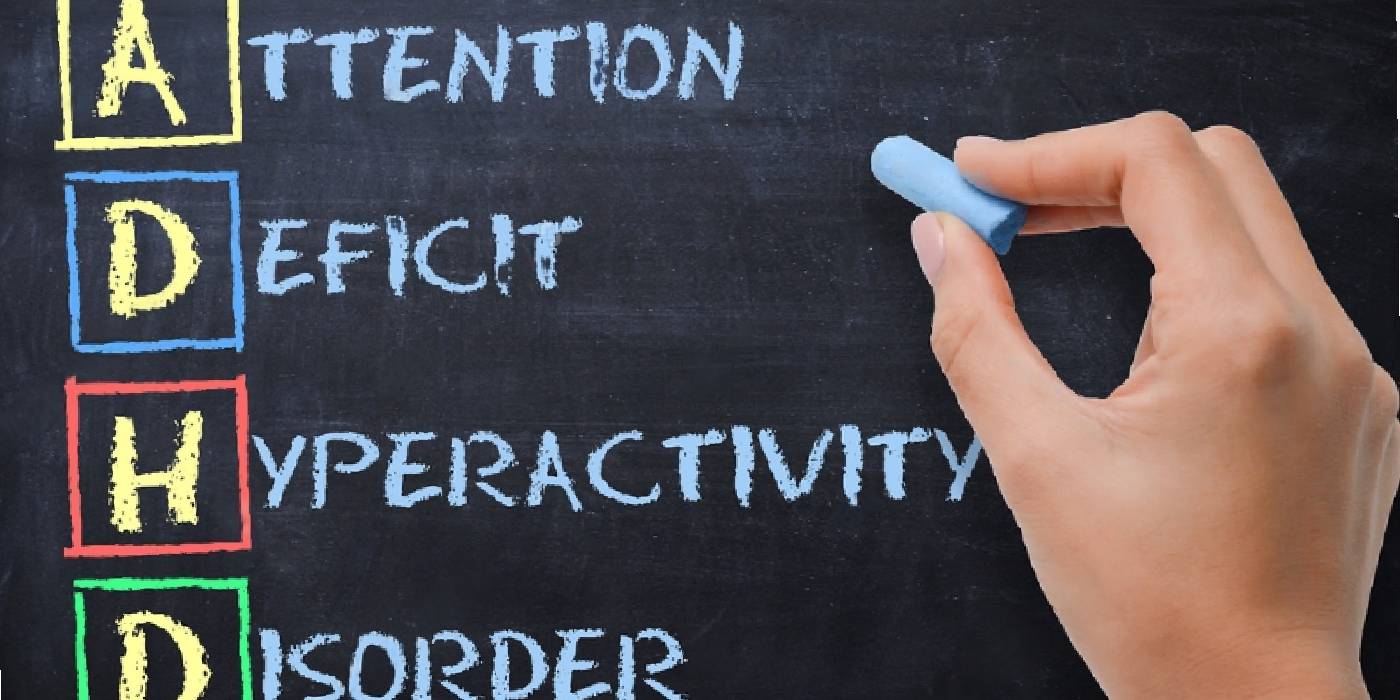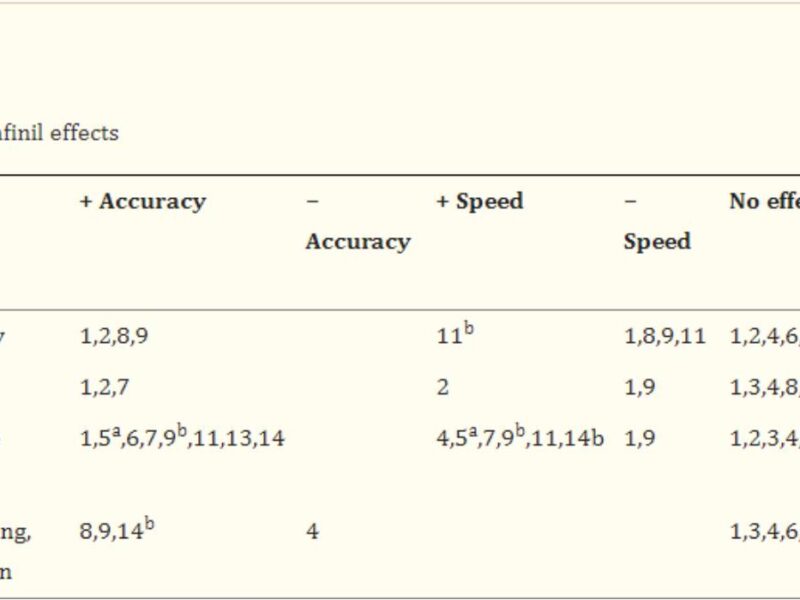A mental health condition known as attention deficit hyperactivity disorder (ADHD) is characterized by the presence of unusual levels of hyperactivity and impulsive behaviors. Difficulty in maintaining focus on a single task or sitting still for a long period of time is commonly experienced by individuals affected by ADHD.
Cause of ADHD:
Attention-deficit/hyperactivity disorder (ADHD) is a neurodevelopmental disorder that affects millions of children and adults worldwide. While the exact causes of ADHD are not fully understood, there are several factors that may contribute to its development.
Genetics: One of the most significant factors that contribute to ADHD is genetics. Studies have shown that ADHD tends to run in families, and researchers have identified several genes that are associated with an increased risk of developing the disorder.
Brain Structure and Function: Another factor that may contribute to ADHD is differences in brain structure and function. Studies have shown that individuals with ADHD have differences in the way that their brains process information, particularly in areas of the brain that are involved in attention, impulse control, and executive function.
Environmental Factors: Environmental factors such as prenatal exposure to alcohol or tobacco, low birth weight, and exposure to lead or other toxins have also been linked to an increased risk of developing ADHD. Additionally, stress, lack of sleep, and poor nutrition may exacerbate symptoms of ADHD.
Conclusion: While the exact causes of ADHD are not fully understood, it is clear that a combination of genetic, environmental, and neurological factors contribute to its development.
Symptoms ADHD:
- Symptoms of ADHD include hyperactivity, impulsivity, and inattention.
- Hyperactivity can manifest as excessive talking, fidgeting, or restlessness.
- Impulsivity can lead to interrupting others, acting without thinking, or making hasty decisions.
- Inattention can cause difficulties with organizing, planning, and completing tasks, forgetfulness, and distractibility.
- Symptoms may vary in severity and can interfere with daily functioning, social relationships, and academic or occupational success.
Types ADHD:
Different types of ADHD can be identified based on the specific symptoms that are present.
- ADHD can be classified into different types based on the specific symptoms that are exhibited by the individual.

- The three main types of ADHD are predominantly inattentive type, predominantly hyperactive-impulsive type, and combined type.
- Predominantly inattentive type ADHD is characterized by symptoms such as difficulty paying attention, forgetfulness, and being easily distracted.
- Predominantly hyperactive-impulsive type ADHD is characterized by symptoms such as fidgeting, restlessness, interrupting others, and difficulty waiting for one’s turn.
- Combined type ADHD is the most common type and is characterized by a combination of symptoms from both the inattentive and hyperactive-impulsive types.
How is Modafinil effective for ADHD treatment?
Modafinil is believed to work by increasing the levels of certain chemicals in the brain, such as dopamine and norepinephrine. These chemicals play a crucial role in regulating attention, motivation, and focus. By increasing their levels, modafinil may help individuals with ADHD to concentrate better, stay alert, and control their impulses.
Research has shown that modafinil can improve cognitive function in individuals with ADHD, including attention, working memory, and executive function. It may also reduce fatigue and improve mood.
However, the exact mechanisms by which modafinil works for ADHD are not fully understood, and more research is needed to determine its long-term effectiveness and potential side effects.
Benefits:
Studies have shown that modafinil may help improve focus, attention, and cognitive function in adults with ADHD. It has been found to be especially effective in improving working memory and executive function, which are key areas of difficulty for people with ADHD.
Modafinil is also known for its ability to increase alertness and wakefulness, which can be especially helpful for people with ADHD who struggle with fatigue and drowsiness.
Risks:
While modafinil has shown promise as a treatment for ADHD in adults, there are also potential risks and side effects to consider. These can include:
- Insomnia: Modafinil can disrupt sleep patterns and cause insomnia, which can further exacerbate symptoms of ADHD.

- Headaches: Some people may experience headaches as a side effect of modafinil.
- Nausea: Modafinil can cause nausea in some people.
- Anxiety: Modafinil has been known to increase anxiety in some individuals.
- Addiction: Modafinil is a stimulant drug and has the potential for abuse and addiction, especially in people with a history of substance abuse.
Dosages:
the recommended dosage for modafinil as a treatment for narcolepsy and other sleep disorders is 200mg per day, taken orally in the morning or early afternoon. It is important to follow the dosage instructions provided by the doctor and to not exceed the recommended dosage.
For individuals using modafinil off-label to treat ADHD, the dosage may be adjusted based on factors such as age, weight, and overall health. Some doctors may recommend starting with a lower dosage, such as 100mg per day, and gradually increasing the dosage if needed.
conclusion:
Modafinil has shown promise as a treatment for ADHD in adults, particularly in improving working memory and executive function. However, it is important to consider the potential risks and side effects before using it as a treatment.for ADHD treatment with modafinil is not yet established, and more research is needed to determine its long-term safety and efficacy.







